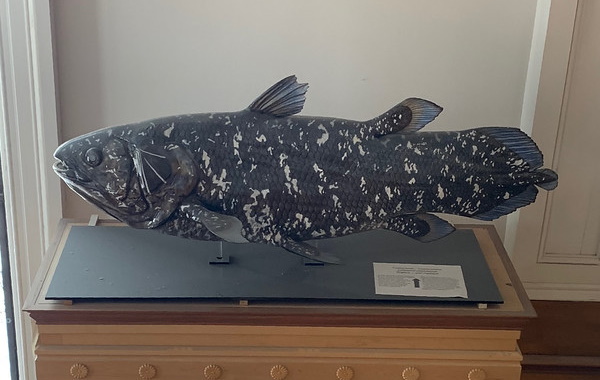Montreal Melon
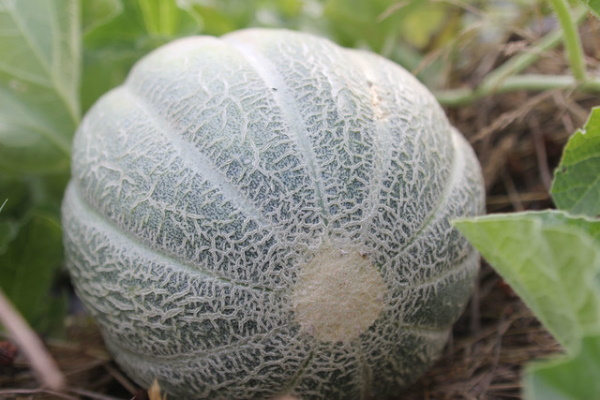 (image via: Martin Delisle)
(image via: Martin Delisle)
Montreal melons were once the most popular marketable melons in eastern North America. Grown from the farmlands of southern Quebec province to parts of northern Vermont, these savory fruit grew up to 20 pounds in weight and were praised for their thin rinds, pale jade-green flesh, and slightly spicy – some say they were reminiscent of nutmeg – flavor.
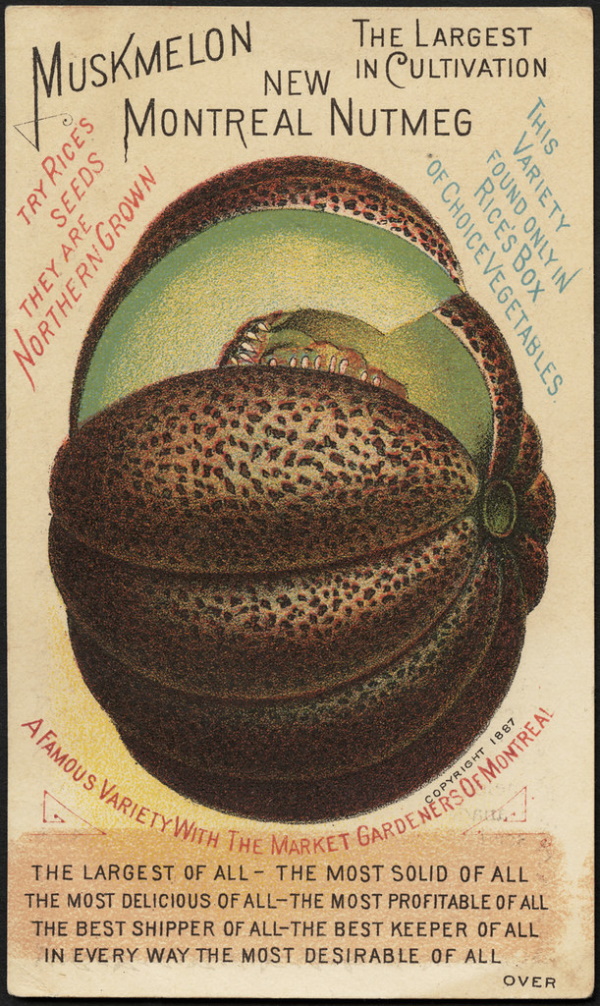 (image via: Boston Public Library)
(image via: Boston Public Library)
Without a doubt, the Montreal melon was the unchallenged King of Fruit in the pre-WW2 era. However, one of its attributes (the thin rind) led to its commercial downfall as modern agribusiness techniques came to the forefront during and after the war. In 1996, some Montreal melon seeds were found in a seed bank maintained by the U.S. Department of Agriculture in Ames, Iowa, and this spectacular melon cultivar has since regained a toehold among select artisan farmers in the Montreal area.
Bermuda Petrel
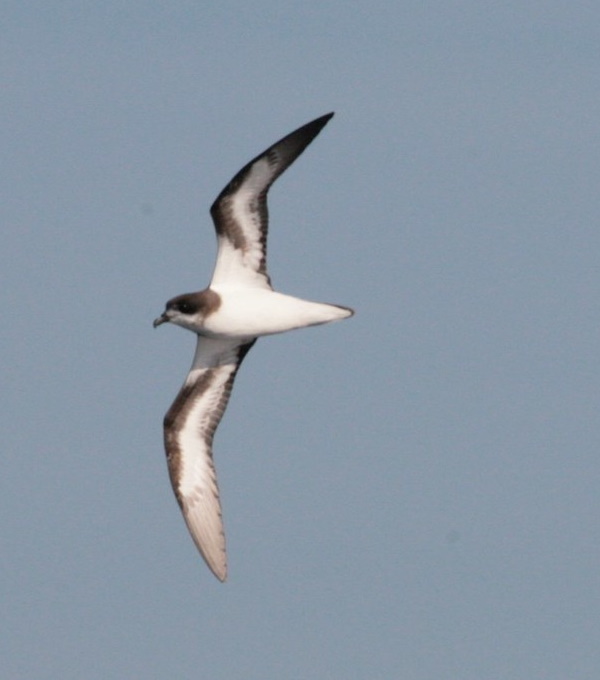 (image via: n88n88)
(image via: n88n88)
The Bermuda Petrel (Pterodroma cahow) or “Cahow”, as it is known in Bermuda in reference to its curious calls, was once common on the Atlantic Ocean island. Legends state that Spanish explorers avoided settling Bermuda in the late 16th century because the eerie calls of the Cahows convinced them the island was inhabited by devils! Humans soon found the “devils” were easy to catch and by the early 1620s the birds were declared extinct.
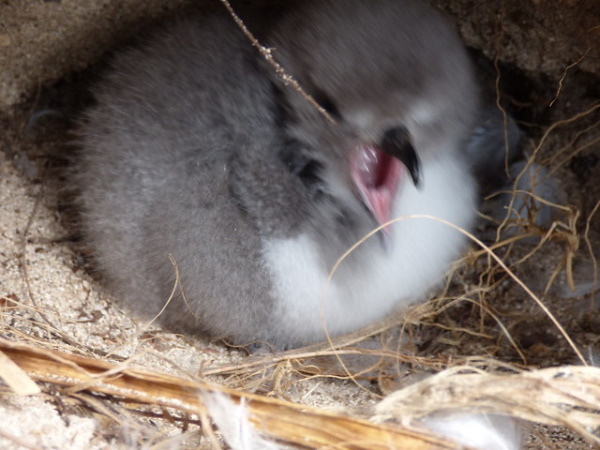 (image via: Forest and Kim Starr)
(image via: Forest and Kim Starr)
Fast-forward to 1951 when American ornithologist Robert Cushman Murphy, Bermudian naturalist Louis L. Mowbray and David Wingate came across a breeding colony of 18 nesting Bermuda Petrel pairs precariously perched on rocky islets rising out of Castle Harbour. Intensive efforts to re-establish Bermuda Petrels on Nonsuch Island, where they can be better monitored and protected from feral animals, are ongoing and results have mainly been positive: by 2005 the total population had reached the neighborhood of 250 individuals.
Chacoan Peccary
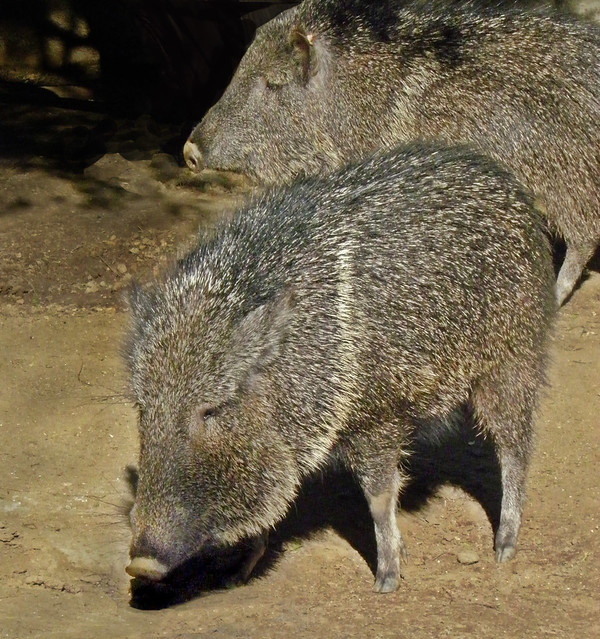 (image via: Jack Wolf)
(image via: Jack Wolf)
Native to the harsh and arid Gran Chaco region of central South America, the Chacoan Peccary (Catagonus wagneri) first came to scientific notice via fossils found in 1930. Since nobody thought to ask the native tribes if they knew of any wild pigs or pig-like animals in the area, it was assumed the species went extinct thousands of years ago. In 1971, however, reports from northern Argentina indicated the Chacoan Peccary was alive, well, and seemingly oblivious to its being declared extinct.
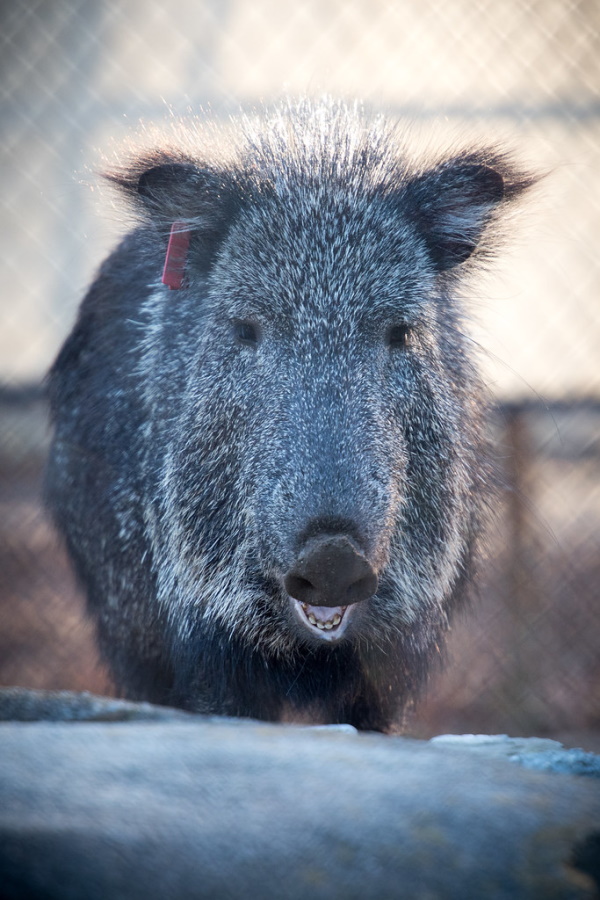 (image via: Eric Kilby)
(image via: Eric Kilby)
Natives of the region were aware of the Chacoan Peccary, which they called the “Tagua”, but rarely encountered it as the animals are elusive, wary of humans, and never boasted large populations at the best of times. Adapted by nature to the searing heat of the Gran Chaco and its tough, spiny and thorny vegetation, only about 3,000 or so Chacoan Peccaries exist in the wild today.
